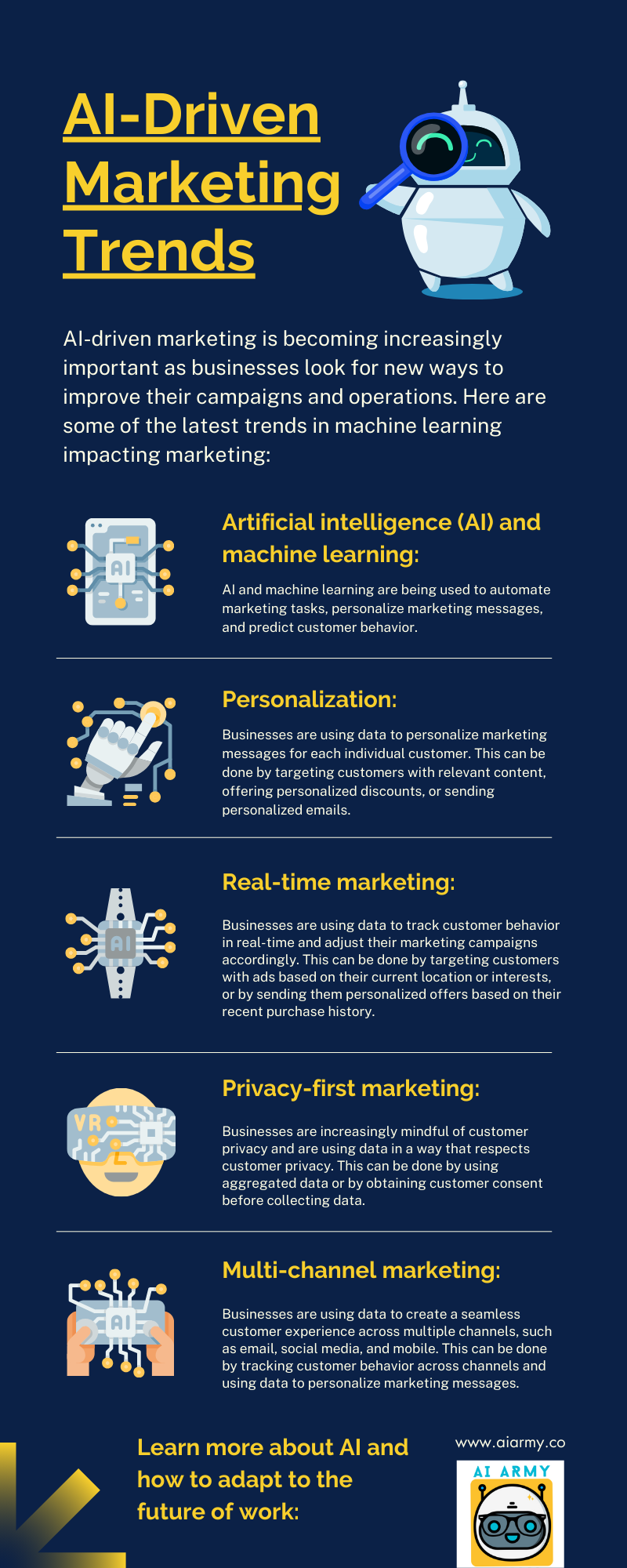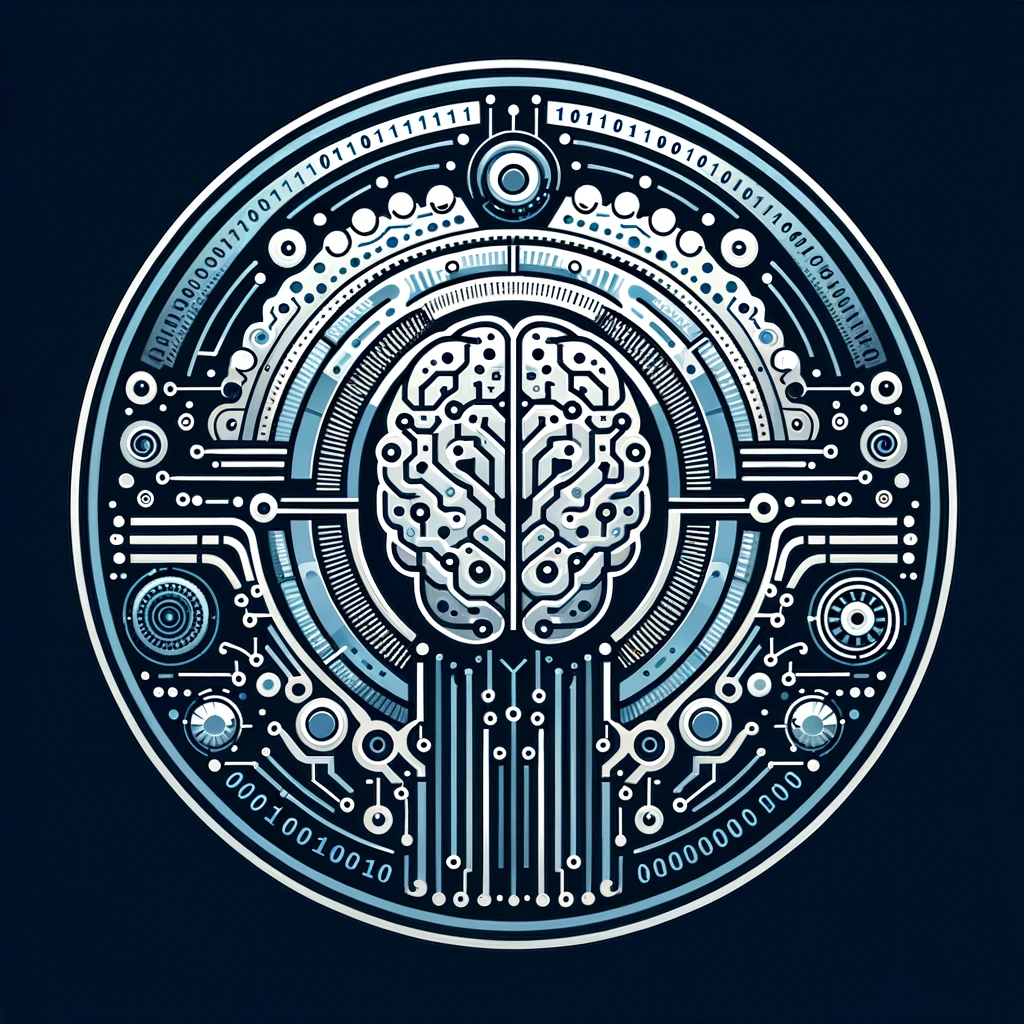"Animate Anyone" Advancing AI Research in Image-to-Video Synthesis:
Image Source: https://humanaigc.github.io/animate-anyone/
The AI research paper "Animate Anyone: Consistent and Controllable Image-to-Video Synthesis for Character Animation" by
Li Hu, Xin Gao, Peng Zhang, Ke Sun, Bang Zhang, and Liefeng Bo from the Institute for Intelligent Computing, Alibaba Group, presents a novel framework for character animation using image-to-video synthesis. This work leverages diffusion models to transform character images into animated videos controlled by desired pose sequences. The key contributions and aspects of the paper include:
Character Animation Challenge: The task involves animating source character images into realistic videos according to desired posture sequences. This has applications in online retail, entertainment videos, artistic creation, and virtual character development.
Use of Diffusion Models: Diffusion models have shown robust generative capabilities in visual generation research. However, challenges remain in image-to-video synthesis, especially in character animation, where maintaining temporal consistency with detailed information from characters is difficult.
Framework Overview. This framework comprises several key components:
- ReferenceNet:
- This component is crucial for preserving the intricate details of the character's appearance throughout the animation.
- It merges detail features from the source image into the generated frames using spatial attention.
- The spatial attention mechanism helps maintain the consistency of the character's features, such as clothing textures, facial features, etc., across the video frames.
- Pose Guider:
- The Pose Guider is designed to direct the movements of the character in the video.
- It effectively guides the character's pose in each frame, ensuring that the animation follows the desired sequence of movements.
- This component is essential for achieving realistic and controlled character motion in the generated video.
- Temporal Modeling:
- Temporal modeling addresses the challenge of ensuring smooth transitions between frames in the video.
- This part of the framework is responsible for maintaining temporal consistency, which is crucial for avoiding jitter and flickering in the animation.
- It ensures that the motion from one frame to the next is fluid and natural, contributing to the overall realism of the animated video.
These components work together to create high-quality animated videos from static character images. This combination results in animations that are not only visually appealing but also consistent and controllable.
Advantages of the Approach:
- Maintaining spatial and temporal consistency of character appearance in videos.
- High-definition video production without issues like temporal jitter or flickering.
- Ability to animate any character image into a video.
Experiments and Results:
- Training was done on an internal dataset of 5K character video clips.
- The model was evaluated on specific human video synthesis benchmarks and achieved state-of-the-art results.
Limitations:
- Some challenges in generating highly stable results for hand movements.
- Difficulty in generating unseen parts during character movement.
- Lower operational efficiency compared to non-diffusion-model-based methods due to the use of DDPM (Denoising Diffusion Probabilistic Models).
Conclusion: The paper concludes that the "Animate Anyone" method serves as a foundational solution for character video creation, offering potential for future extension into various image-to-video applications. This work represents a significant advancement in the field of image-to-video synthesis, particularly for character animation, by addressing the challenge of maintaining consistency and stability in generated videos. Learn more and read the full paper here: https://humanaigc.github.io/animate-anyone/
😊 Follow the AI Army to keep up with advances in emerging research on artificial intelligence, machine learning, and LLMs!




